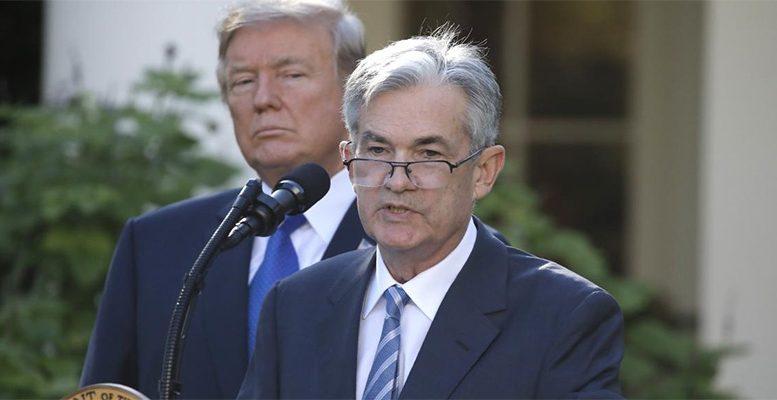*This post was originally published in the blog NGDPAdvisers
Benjamin Cole | The Federal Reserve’s preferred metric of inflation, the PCE-core, hit 2.0% year-over-year in May, reported the Bureau of Economic Analysis.
Fed Chair Jerome Powell has stated the Fed’s 2% target is symmetric, which may be code words for “inflation a little above 2% is tolerable.”
One might become cynical at the ease at which the pundits and analysts who before thundered about the threats of hyperinflation so suddenly going mute. And, no less, with yawning federal budget deficits forecast into perpetuity.
But with the GOP-Trump in precarious control of Washington, perhaps discretion is the better part of valor. This may be for the best.
Because the Fed may find fighting inflation resembles heart surgery with a chainsaw.
Housing-Medical Care
One intractable problem is that so much of measured inflation is caused by housing and medical care, two markets in which monetary tightening won’t have much effect.
The short story: it is going to take a lot of unemployment to fight inflation, given housing and medical care together make up about 40% of consumer outlays (and more than 50% if one excludes “outlays” for Social Security).
Housing costs are a runaway disaster in large swaths of America, due to property zoning and NIMBYism. At late, the CPI is measuring annual housing costs rising at 3.0%. Measuring the true cost of housing is a bone of contention, but suffice it to say that ordinary houses in Seattle or Los Angeles, once middle-class strongholds, now retail above $800,000, and monthly rents for a studio apartment in San Francisco are at $2,453 a month.
Inflation in medical care undulates, and in May was up 2.4% year-over-year, reports the Bureau of Labor Statistics. However, the average from 2000 to 2018 was 3.5%, vs. 2.1% for overall consumer price inflation.
Both housing and medical care are somewhat impervious to monetary tightening. Much of medical care paid for by formulas set by governments or insurers. Housing is in orbit, and yes, higher interest rates might bring house prices down, and with some delay, perhaps rents.
However, undercutting new housing production, which is already weak, will have the perverse effect of tightening markets and raising housing prices later.
Conclusion
The Fed may let inflation drift a little higher, perhaps up towards 2.4%. And it may be that inflation will stabilize somewhere in the low 2% range—after all, the global experience is that inflation is now a weakling. The sentiment that inflation must always “accelerate” or “gallop” still has adherents, but certainly a case can be made that the US will slog through with low, modest inflation, even if the Fed abandons its “normalization” policies.
The risk for investors is still a Fed that over-tightens, suffocating growth. Once in a recession, there is no assurance the Fed will act boldly enough to pull the country out.
A Japanification awaits, if you will.





